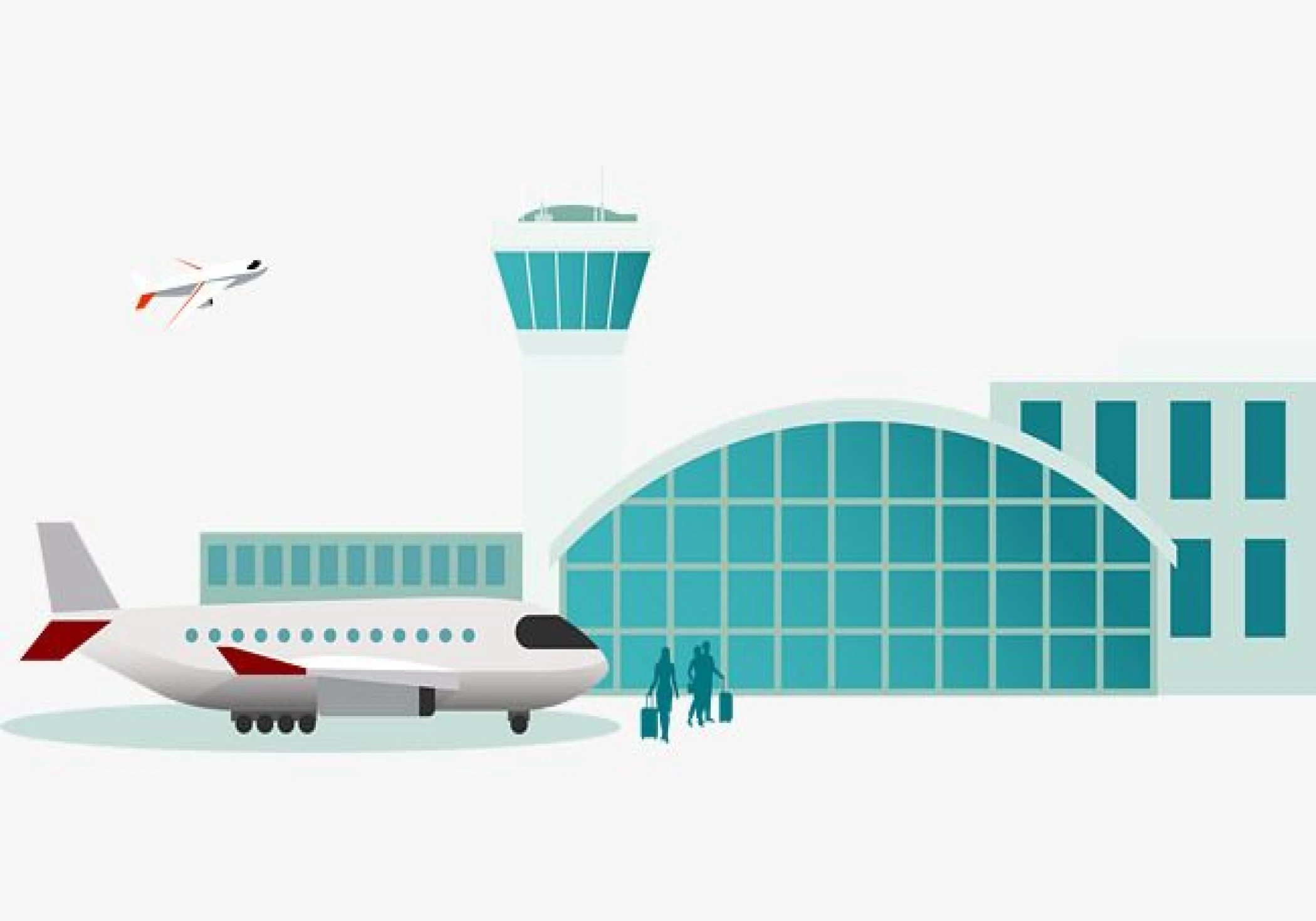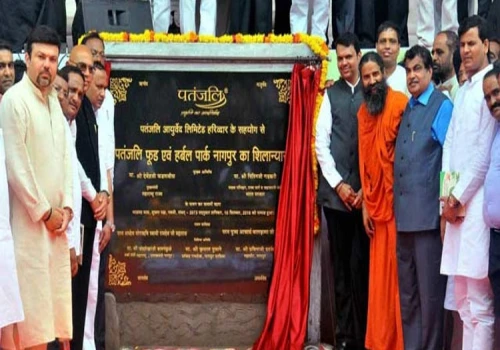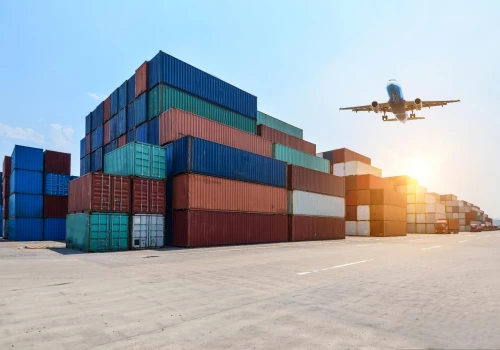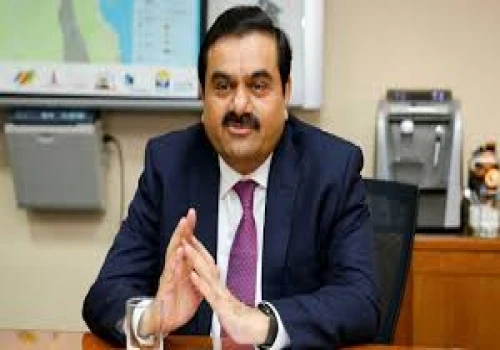
A recent study by CRISIL Ratings paints a promising picture for India's private airport sector, forecasting a significant revenue increase of 30% for leading operators in the current fiscal year. This growth is attributed to a projected 10% rise in passenger traffic, building upon the strong foundation laid in FY24.The report highlights several factors contributing to the anticipated passenger surge. Continued economic growth, the inauguration of new airports, and enhanced regional connectivity are fueling domestic travel demand.
On the international front, positive developments include:
- A rise in business travel
- Relaxed visa requirements for destinations like Malaysia and Vietnam
- Streamlined visa application processes for Western Europe
- Improved flight connectivity to Western and Southeast Asia
These factors combined are expected to generate significant tailwinds for the Indian aviation industry.
Boost for Both Aeronautical and Non-Aeronautical Revenue Streams
The anticipated rise in passenger traffic will translate into growth for both aeronautical and non-aeronautical revenue streams for private airports.
- Aeronautical revenue comprises fees levied on passengers, airlines, and cargo operators for using airport infrastructure.
- Non-aeronautical revenue encompasses income generated through advertising, retail outlets, passenger lounges, and duty-free shops.
CRISIL Ratings anticipates that roughly two-thirds of the projected revenue increase will stem from aeronautical sources, reflecting a 45% year-on-year growth. Nearly half of the airports included in the study are poised for a pre-determined 25% increase in aeronautical tariffs.These tariff hikes are regulated and designed to ensure sufficient cash flow for servicing debt incurred on airport expansions and provide a fair return on equity for operators. Notably, many airports undertook significant expansion projects during the pandemic in anticipation of the current passenger traffic boom. The current tariff adjustments aim to compensate for these investments.
The remaining one-third of the revenue growth is expected to be driven by non-aeronautical sources, with a projected 15% year-on-year increase. This growth is fueled by rising passenger spending on retail, food and beverage outlets, and real estate leasing for advertising and other commercial purposes. Varun Marwaha, Associate Director at CRISIL Ratings, emphasizes the significance of this projected revenue growth. He highlights that "The recovery in the revenue growth trajectory comes at the right time to support the increasing debt obligations of private airport operators arising from the significant expansion during the pandemic period."
The report predicts that the rise in revenue will enable operators to improve their debt coverage ratio to 1.4 times, a level observed pre-pandemic between FY2018 and FY2020. This signifies a strengthened financial position for private airports and enhanced capacity to service their debts.
While the projections appear optimistic, CRISIL Ratings acknowledges the sensitivity of the industry to factors that could potentially impede air traffic growth. These factors include a significant decline in aircraft availability. Overall, the CRISIL Ratings report offers a positive outlook for India's private airport sector. The projected surge in passenger traffic and revenue growth bode well for the industry's post-pandemic recovery. This growth will not only benefit passengers through improved infrastructure and services but also contribute to the financial health of private airport operators.











